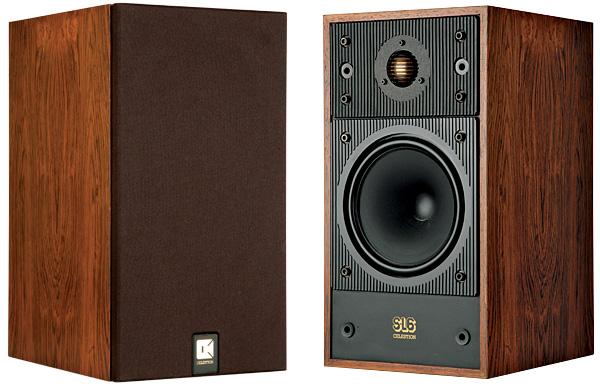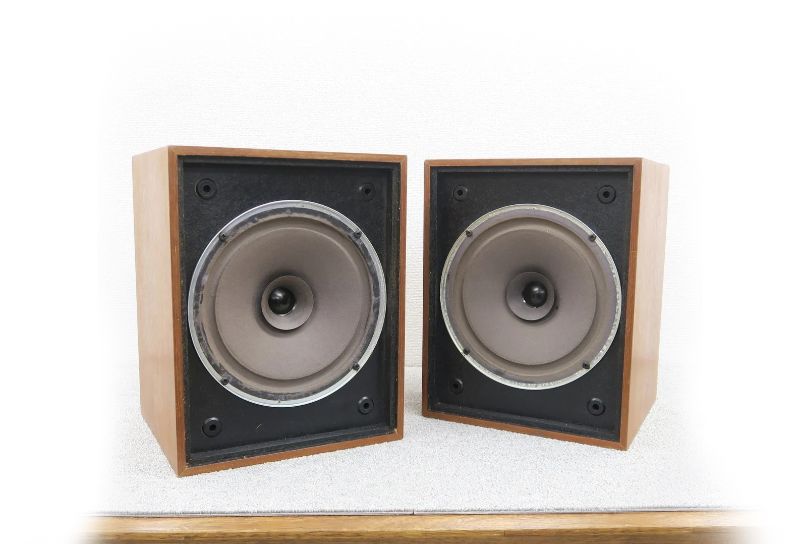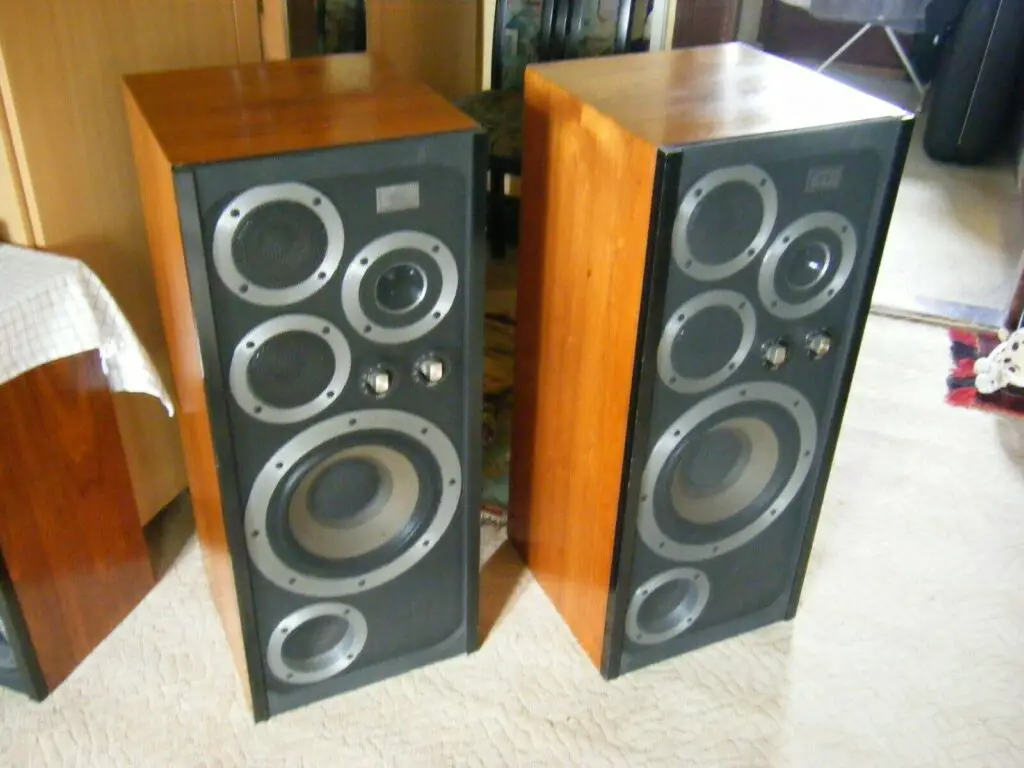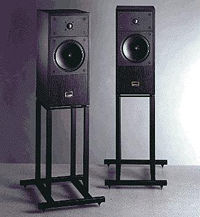The Celestion SL6 standmounting loudspeaker, if there was ever a hi-fi product that drew an invisible line under the 1970s, as if to declare, ‘this chapter is now finished,’ it was it. It’s difficult to put into words how modern it appeared when it was introduced in September 1981; its design was so stunning that it became shorthand for all that modern loudspeakers were. Nothing could ever look or sound the same, because it couldn’t.
Let’s not forget that the ordinary loudspeaker in the 1970s was a million miles away from what we can obtain now. Many were enormous, underdamped, and flimsy boxes that sat on the floor (yes, really) or had swivel stands with castors to make them simple to wheel from behind the sofa. They’d normally have a lot of drive units, and they’d usually be three-way with the occasional supertweeter thrown in for good measure. When you add it a large footprint and a wide front baffle, you’ve got yourself a generic transducer from the decade when fashion forgot about it!
That’s what made the SL6 so unique. It was little to begin with, and it was also two-way. Third, it had a metal dome tweeter (the first in the UK), and fourth, it had a fancy mid/bass driver that had been optimized for linearity and minimal distortion using laser interferometry. Celestion has gone to great lengths to custom construct a drive unit capable of performing a specific task, rather than simply ordering anything from the RadioSpares catalogue. It appeared unusual with a Kobex cone and a concave center with no dustcap. It was very small, at only 165mm in diameter; back then, even the most basic Wharfedale box had a bass cone with a diameter of 200mm.
The all-new 32mm metal dome tweeter in the SL6 was a hit. Copper was used since it diffused heat effectively, but it’s far from the lightest metal available, therefore the dome was electroformed to a tiny 32 micron width to keep weight down. This presented issues, since it pushed its resonance frequency dangerously near to the audio band, necessitating the employment of a notch filter in the crossover. The 12 liter cabinet was composed of 19mm particle board, was very firmly braced and damped in a manner that was far from the norm at the time, and had an infinite baffle design, which was exceptional by today’s standards. This, combined with the speaker’s diminutive size, resulted in the decade’s most inefficient loudspeaker — you needed at least 50W of solid-state power to get even a squeak!
Celestion advertised the SL6 with a great show about the lasers and computers that were used to model the speaker’s behavior. It felt extremely futuristic at the time, almost as if you were purchasing your own personal interest in the future. As you might assume, the speaker sounded much different from what had come before. The treble was smooth but crisp and precise, the bass was strong and tight (although a little over damped), and the midband had good clarity and projection. The SL6 sounded thin, mean, and lithe in comparison to the booming cacophony of umpteen mismatched drive units in previous speakers, and was especially well suited to classical program material.
The ‘6 was a little too nice when it came to rock music. It wasn’t a loudspeaker that could have fun with frequency extremes — it appeared a little out of its element providing truly deep bass, and the low frequencies it did have weren’t the most exuberant. Although it sounded rapid and thunderous from the upper mid to the lower treble, it lost a little shine up top. In addition, the lack of cabinet colorations gave it a lackluster appearance. In many ways, the SL6 was a ‘dead’ sounding design, both in a good and poor sense.
Celestion’s SL6, a remarkable loudspeaker from a bygone era, was certainly a foretaste of things to come. It was a big hit, and it produced other variants including the SL6S and the SL600, all of which had a mature, composed, refined sound — think of it as a boxed, moving coil version of a Quad electrostatic. It even spawned the System 6000 subwoofer bundle. A nice pair nowadays costs around £300, with all the usual cautions about trying before you buy.
This one-of-a-kind loudspeaker popularized metal dome tweeters in the United Kingdom, as well as the concept of narrow baffles. In some minor ways, the hi-fi world would never be the same again – and loudspeakers from the 1980s would never look back.







